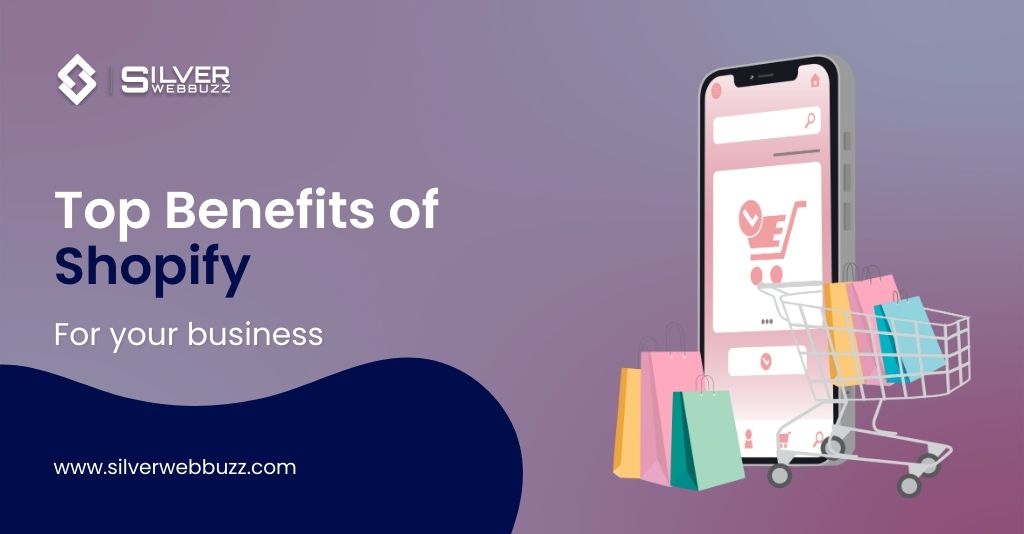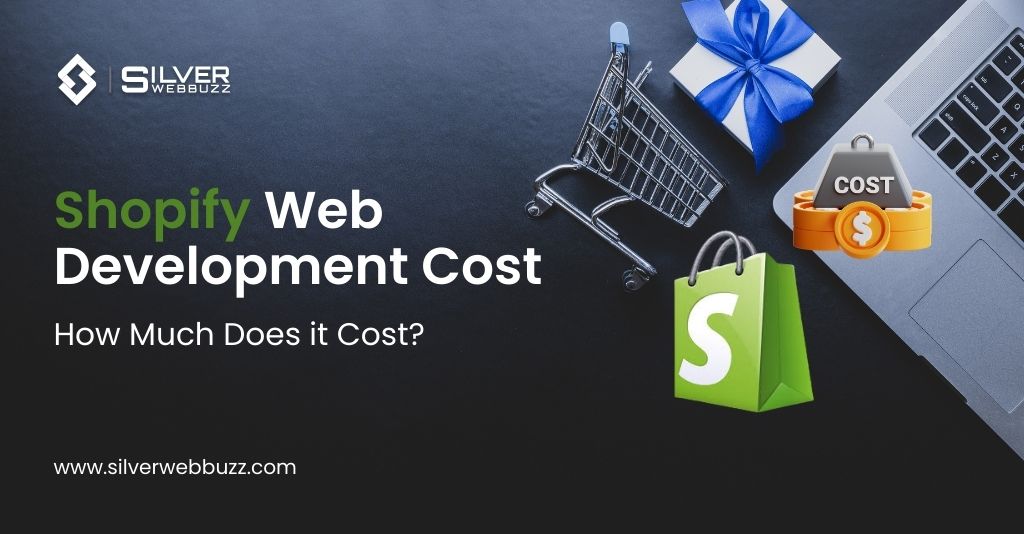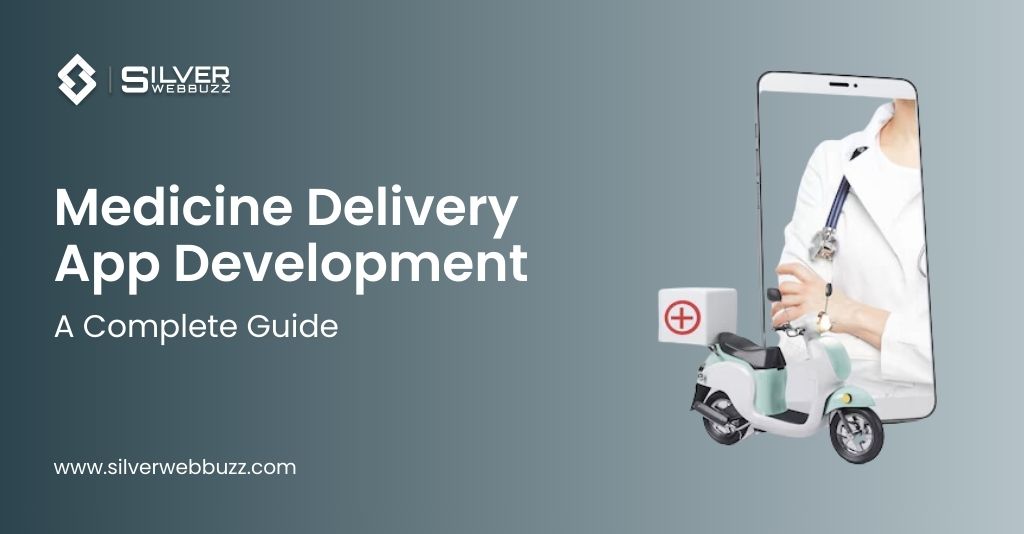
The healthcare industry is rapidly transforming with digital innovations, and medicine delivery apps have become a crucial part of this evolution. These apps offer convenience, accessibility, and efficiency, allowing users to order medications from the comfort of their homes.
Suppose you’re planning to develop a medicine delivery app. In that case, this guide will walk you through everything you need to know, from business models and key features to development processes and challenges.
What Are Medicine Delivery Apps?
Medicine delivery apps are on-demand platforms that allow users to purchase prescription and over-the-counter (OTC) medications from local or online pharmacies. These apps facilitate ordering, payment, and doorstep delivery, often integrating features like teleconsultation, digital prescriptions, and medication reminders.
Examples of Popular Medicine Delivery Apps:
- 1mg (Tata 1mg) – Provides medicines, diagnostics, and online doctor consultations.
- PharmEasy – Offers prescription-based medicine delivery and healthcare products.
- Netmeds – An online pharmacy serving across India.
- Capsule – A US-based app for prescription medicine delivery.
Business Model of Medicine Delivery Apps
1. Standalone Pharmacy Model
- A single pharmacy operates the app.
- Users order directly from the store, which manages deliveries.
- Example: Local pharmacy chains launching their own apps.
2. Aggregator Model
- The app partners with multiple pharmacies.
- Users can browse from different vendors and place orders.
- The platform facilitates delivery via in-house or third-party logistics.
- Example: PharmEasy, Netmeds.
3. Direct-to-Consumer (D2C) Model
- Pharmaceutical brands sell medicines directly to customers.
- Removes middlemen, reducing costs and ensuring authenticity.
- Example: Online medical brands offering doorstep delivery.
4. Subscription-Based Model
- Users pay a subscription fee for regular medicine deliveries.
- Beneficial for chronic patients needing recurring medications.
- Example: Monthly medication plans for diabetes, hypertension, etc.
How Do Medicine Delivery Apps Work?
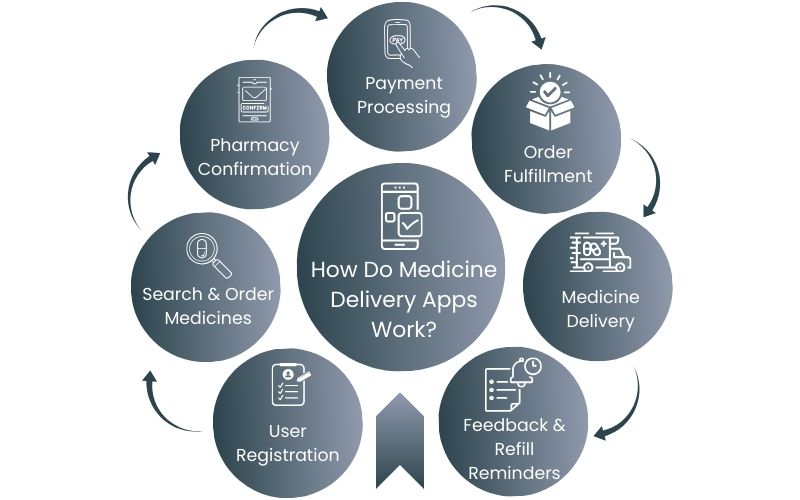
1. User Registration
Customers sign up using their email, phone number, or social login. Some apps require identity verification to comply with pharmaceutical regulations. Users can also create profiles to store medical history, prescriptions, and payment details for future convenience.
2. Search & Order Medicines
Users can browse medicines by category, brand, or illness, making the search process quick and efficient. If prescription drugs are required, users can upload their prescription for verification. The app may also suggest alternatives, discounts, or combo offers.
3. Pharmacy Confirmation
Once the order is placed, the selected pharmacy verifies the prescription (if needed) to ensure compliance with medical regulations. The pharmacy checks availability and confirms the order, notifying the customer about the status via push notifications or SMS.
4. Payment Processing
Customers can pay through digital wallets, credit/debit cards, UPI, net banking, or cash on delivery (COD). Some apps integrate subscription-based models for regular medicine purchases. Secure payment gateways ensure safe transactions and fraud prevention.
5. Order Fulfillment
The pharmacy packs the order carefully, ensuring proper labeling and safety measures. A delivery agent is assigned to pick up the order. Some apps allow live tracking so customers can see their order status in real-time.
6. Medicine Delivery
The delivery partner delivers the medicine to the customer’s doorstep, ensuring timely and safe handover. For temperature-sensitive medicines, some apps provide cold chain logistics to maintain medicine quality and effectiveness.
7. Feedback & Refill Reminders
After delivery, customers can rate their experience and leave feedback. The app also sends automatic refill reminders for chronic patients, ensuring they never run out of essential medications.
Why Invest in Medicine Delivery App Development?
1. Growing Demand for Online Pharmacies
- More consumers prefer online purchases over visiting stores.
- The COVID-19 pandemic accelerated the adoption of medicine delivery.
2. Convenience & Accessibility
- Users can order medicines anytime, anywhere.
- Elderly and disabled individuals benefit greatly from home delivery.
3. Revenue Generation Opportunities
- Multiple monetization strategies (subscription, commission, partnerships).
- Scope for expansion into doctor consultations & lab testing services.
4. Competitive Advantage
- Differentiating through AI-powered recommendations, telehealth, and discounts can set you apart.
Benefits of Developing a Medicine Delivery App
For Customers:
- Easy ordering and home delivery – Users can conveniently browse and order medicines from their smartphones, eliminating the need to visit physical stores. This is especially beneficial for the elderly, disabled, or those with chronic illnesses.
- Discounts and loyalty rewards – Apps can offer special discounts, subscription models, and loyalty programs, making medicines more affordable and encouraging repeat purchases.
- Digital prescriptions and medicine reminders – Customers can upload prescriptions, get them verified digitally, and receive automatic reminders for medicine intake, improving adherence to treatments.
For Pharmacies & Businesses:
- Increased sales and brand visibility – A medicine delivery app expands a pharmacy’s customer base beyond its physical location, boosting sales and enhancing brand recognition.
- Real-time inventory and order management – Pharmacies can monitor stock levels, manage orders efficiently, and prevent shortages or overstocking, ensuring smooth operations.
- Data-driven insights for customer preferences – Analytics tools help pharmacies understand user behavior, track popular medicines, and personalize marketing strategies for better engagement and sales.
For the Healthcare Ecosystem:
- Reduced strain on physical pharmacies – Digital ordering helps minimize long queues and stock shortages in physical stores, making medicine access more streamlined.
- Better compliance with prescription management – Secure digital prescription uploads and verification reduce errors, prevent fraud, and ensure responsible medication distribution.
- Remote healthcare services via online consultations – Many apps integrate teleconsultation features, allowing patients to consult doctors remotely and get e-prescriptions, improving healthcare accessibility.
Key Features of a Successful Medicine Delivery App
Customer App Features
- User registration & profile management
- Search & filter medicines
- Upload prescriptions
- AI-based medicine recommendations
- Multiple payment options
- Real-time order tracking
- Refill reminders & notifications
- Teleconsultation with doctors
Pharmacy Panel Features
- Inventory management
- Order processing & status updates
- Customer support & chat options
- Discount management
- Sales analytics dashboard
Admin Panel Features
- User management
- Pharmacy verification & compliance
- Payment & commission handling
- Promotional campaign management
- Reports & analytics
The Process of Developing a Medicine Delivery App
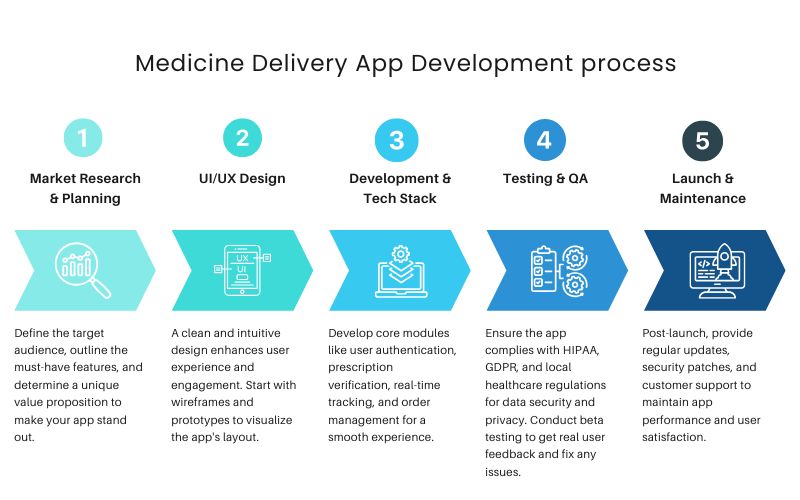
Step 1: Market Research & Planning
Before development begins, conducting in-depth market research is essential. Identify competitor strengths, market gaps, and customer pain points. Define the target audience, outline the must-have features, and determine a unique value proposition to make your app stand out.
Step 2: UI/UX Design
A clean and intuitive design enhances user experience and engagement. Start with wireframes and prototypes to visualize the app’s layout. Ensure easy navigation, a simple ordering process, and accessibility features for a user-friendly interface.
Step 3: Development & Tech Stack
| Component | Recommended Technologies |
|---|---|
| Frontend | React Native, Flutter |
| Backend | Node.js, Python (Django) |
| Database | PostgreSQL, MongoDB |
| Payment Gateways | Stripe, Razorpay, PayPal |
| Cloud Services | AWS, Firebase |
Develop core modules like user authentication, prescription verification, real-time tracking, and order management for a smooth experience.
Step 4: Testing & QA
Thorough functional, performance, and security testing is necessary before launch. Ensure the app complies with HIPAA, GDPR, and local healthcare regulations for data security and privacy. Conduct beta testing to get real user feedback and fix any issues.
Step 5: Launch & Maintenance
Deploy the app on the App Store and Google Play, ensuring all store guidelines are met. Post-launch, provide regular updates, security patches, and customer support to maintain app performance and user satisfaction.
Cost of Developing a Medicine Delivery App
Estimated Cost Breakdown
| App Type | Features | Estimated Cost |
|---|---|---|
| Basic App | User registration, medicine search, order management, payment gateway, basic notifications. | $15,000 – $30,000 |
| Mid-Level App | Prescription upload, advanced search & filters, order tracking, pharmacy panel, push notifications, customer support. | $30,000 – $60,000 |
| Advanced App | AI-based recommendations, teleconsultation, real-time tracking, multi-pharmacy integration, analytics dashboard, advanced security. | $60,000 – $100,000+ |
The Challenges of Building a Medicine Delivery App
Regulatory Compliance
Adhering to healthcare laws like HIPAA, GDPR, and FDA regulations is crucial to protect patient data and ensure ethical medical practices. Failing to comply can lead to legal penalties, data breaches, and loss of customer trust. Integrating secure data encryption and authentication measures is essential.
Prescription Verification
Preventing fraudulent prescriptions is a major challenge, as illegal drug procurement can lead to health risks and regulatory actions. Implementing AI-powered verification systems, digital prescription uploads, and pharmacist approvals can help maintain authenticity and ensure responsible medicine distribution.
Logistics & Delivery
Ensuring timely and accurate deliveries is critical, especially for urgent medications or temperature-sensitive drugs. Challenges include managing inventory, optimizing routes, and integrating real-time tracking. Partnering with reliable logistics providers or building an in-house delivery fleet can improve efficiency.
User Trust & Safety
Since the app deals with sensitive health data and online transactions, ensuring robust cybersecurity, secure payment gateways, and encrypted storage is vital. Features like two-factor authentication, compliance with privacy laws, and clear return policies can help establish credibility and user confidence.
How Silver WebBuzz Can Help?
Silver WebBuzz specializes in custom medicine delivery app development with:
- Expert Developers – Skilled in mobile & web app development.
- Regulatory Compliance – Ensuring adherence to global healthcare standards.
- Scalable Solutions – Future-ready apps with AI, ML, and cloud integration.
- 24/7 Support – Ongoing maintenance & enhancements.
Conclusion
Investing in medicine delivery app development is a highly lucrative opportunity in the healthcare sector. By leveraging advanced AI-driven features, seamless UX, and a secure payment system, you can build a reliable and profitable platform.
Ready to develop a medicine delivery app? Contact Silver WebBuzz for expert guidance and development solutions.
Get Your Shopify Store Estimate Now!
Want a stunning Shopify store but unsure about the cost? Get a tailored pricing estimate based on your business needs—quick, transparent, and hassle-free!
FAQs on Medicine Delivery App Development
Related Posts
Medicine Delivery App Development: A
This blog explores the key benefits of Shopify, why it's...
Read MoreTop 12 Shopify Benefits For
This blog explores the key benefits of Shopify, why it's...
Read MoreHow Much Does it Cost
Here is the ultimate guide on Shopify App Development along...
Read More